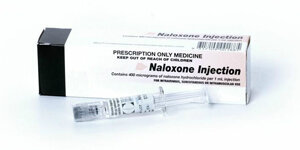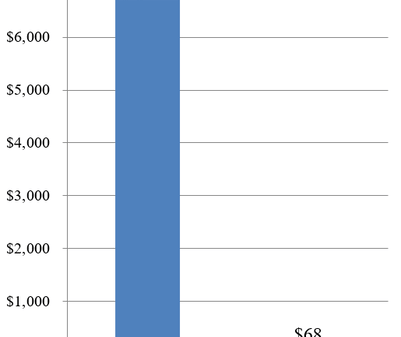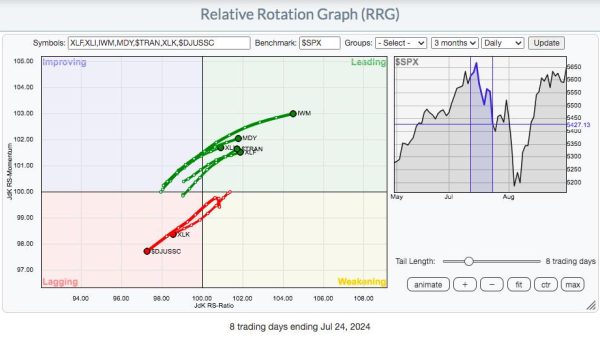
Brian Mann of NPR News reports today on encouraging new data released by the National Center for Health Statistics showing that overdose deaths from all drugs have dropped from a high of nearly 112,000 just over a year ago to 97,309 by April 2024, a drop of more than 10 percent. Overdose deaths from all classes of drugs dropped during that period. Fentanyl-related overdose deaths dropped from nearly 78,000 to 65,878, and overdoes deaths involving diverted prescription pain pills remained very low, falling to just over 9,000 (compared to 12,269 in January 2016).
This is good news. But it’s too early to celebrate. Ninety-seven thousand is a considerable number, and we have seen the overdose death rate pause (in 2018) before resuming its climb. However, many factors may contribute if this is the beginning of a new downward trend.
The overdose antidote naloxone, which the Food and Drug Administration allowed people to obtain over-the-counter in its nasal spray form last year, has become more widely available. All but a few states have now amended their drug paraphernalia laws to allow people to distribute and use fentanyl test strips to check drugs obtained on the black market for the presence of this potent synthetic opioid. Harm reduction organizations are handing out naloxone and fentanyl test strips to people who use drugs, often as part of syringe services programs. Local public health agencies have implemented campaigns to educate non-medical users about the availability of these harm-reduction tools and how to use them. As more non-medical users—and people who know and care about them— avail themselves of these tools, they reduce the risk of fatal overdose.
Congress made it easier for clinicians to treat people with buprenorphine for opioid use disorder starting in 2023. While early evidence shows clinicians have not been quick to take advantage of the liberalized regulations, any increase in the number of people with opioid use disorder who are receiving buprenorphine treatment should help reduce the risk of fatal overdose from street drugs.

Then there’s the impact of the COVID-19 pandemic. Isolation, anxiety, and despair during the pandemic caused an increase in adult substance use during the pandemic, including alcohol consumption. Pandemic-related lockdowns made it more difficult for people to access harm reduction or drug treatment programs. The border closures and supply chain disruptions during the pandemic drove drug trafficking organizations to switch from heroin to fentanyl, which was easier to produce and distribute under those circumstances. All of these factors contributed to a surge in overdose deaths during the pandemic years. Some of the decrease in overdose deaths might reflect an ebbing of that surge as the public health emergency ended and life became more normal.
Another phenomenon that might be contributing is the dramatic increase in marijuana consumption as more states have legalized it for recreational use. To date, 24 states and the District of Columbia have legalized recreational cannabis. Seventy-four percent of Americans live in a state where recreational weed is legal. The National Survey on Drug Use and Health reported last May that daily marijuana use is now more common than daily alcohol consumption. Marijuana might be becoming an increasingly popular (and safer) substitute for other recreational drugs, attendant to it becoming increasingly legal and socially acceptable.
Sadly, part of the decline in overdose fatalities might be because many non-medical users are dying, reducing their population.
It’s essential to keep in mind that overdose fatalities hover around 100,000 per year, even though government policies continually pressure clinicians to reduce opioid prescribing. Opioid prescribing rates dipped below 1992 levels two years ago. Policymakers have mistakenly attributed the overdose problem to clinicians treating their patients’ pain despite the lack of evidence of any correlation between prescription rates and non-medical use rates. Patients suffer in pain while overdose fatalities from illicit drugs remain astronomically high.
The overdose crisis has always been a prohibition crisis. If policymakers want to reduce overdose fatalities dramatically, they will make currently illicit drugs legal and regulated, as they have done with alcohol and tobacco—drugs that arguably do more harm to the body than many presently illegal drugs.

























